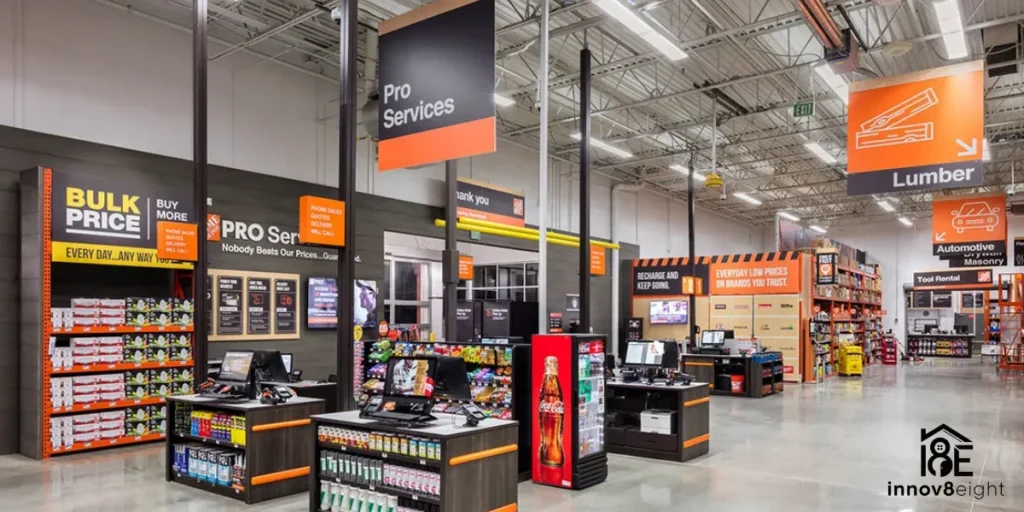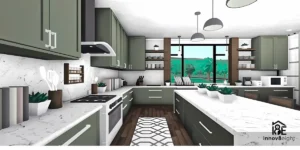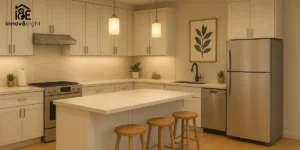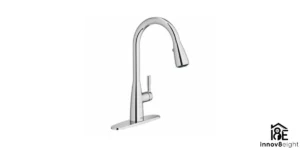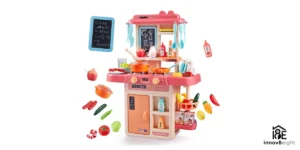In a world where creativity meets functionality, there’s one career path quietly gaining popularity among design lovers and home improvement enthusiasts alike: the Home Depot designer position.
If you’ve ever walked into a Home Depot and admired the stunning kitchen or bath displays, you may have already encountered the work of one of their talented designers. But what you might not realize is that being a designer at Home Depot isn’t just a job—it’s a career that blends passion, people, and purpose.
Whether you’re an aspiring interior designer, a seasoned pro looking for a steady income, or someone who enjoys transforming spaces, the Home Depot designer role offers a unique opportunity to thrive in a dynamic, customer-focused environment.
What Is the Home Depot Designer Position?
The Home Depot designer position is more than a retail role—it’s a blend of design consulting, sales expertise, and customer service. As a designer, you’re responsible for helping homeowners bring their dream spaces to life.
Key Responsibilities:
- Assisting customers with kitchen and bath design projects
- Creating 3D renderings and layouts using design software
- Offering product recommendations (cabinets, countertops, flooring, etc.)
- Managing budgets and timelines for client projects
- Collaborating with in-store specialists, contractors, and vendors
In short, you’re the bridge between a customer’s idea and their finished, functional space.
Why This Position Is a Standout Career Choice
1. It Combines Creativity With Practical Design
If you love solving problems and thinking visually, this role gives you daily opportunities to do both. From layout planning to color coordination, every day brings a new design challenge.
2. It’s a Stable, Full-Time Position With Corporate Support
Unlike freelance design work, the Home Depot designer position offers:
- Competitive base pay + commission opportunities
- Health benefits, 401(k), and employee discounts
- Structured training and career growth paths
- A consistent stream of customers—no need to chase leads
It’s the best of both worlds: creative independence and job stability.
3. You’ll Make a Real Difference for Customers
There’s something deeply rewarding about helping a family design their forever kitchen or guiding a first-time homeowner through a bathroom remodel. You’re not just designing—you’re empowering people to feel at home.
What Skills Make You a Great Fit?
You don’t need to have years of experience to thrive in this role, but a few key traits help:
Must-Have Skills:
- Strong visual and spatial design sense
- Basic proficiency in design software (e.g., 20/20, SketchUp, AutoCAD)
- Excellent communication and listening skills
- Patience and empathy during the design process
- Knowledge of materials, finishes, and color theory
Home Depot also provides in-depth training, so even those new to the industry can level up quickly.
Typical Day in the Life of a Home Depot Designer
Curious what a typical workday looks like? Here’s a breakdown:
Morning:
- Review scheduled client appointments
- Follow up on design revisions and product orders
Midday:
- Meet with walk-in customers and offer consultations
- Begin designs using 3D software
Afternoon:
- Finalize a kitchen layout for a client
- Coordinate with installers or contractors
- Prepare product quotes and material lists
It’s a mix of face-to-face collaboration, solo design work, and hands-on planning.
Career Growth Within Home Depot
One of the biggest perks of the Home Depot designer position is the room to grow. Many designers go on to become:
- Design managers or project leads
- In-store kitchen and bath department supervisors
- Corporate-level design consultants or trainers
- Or even pursue interior design certifications while working
Home Depot also encourages internal promotions and continuing education.
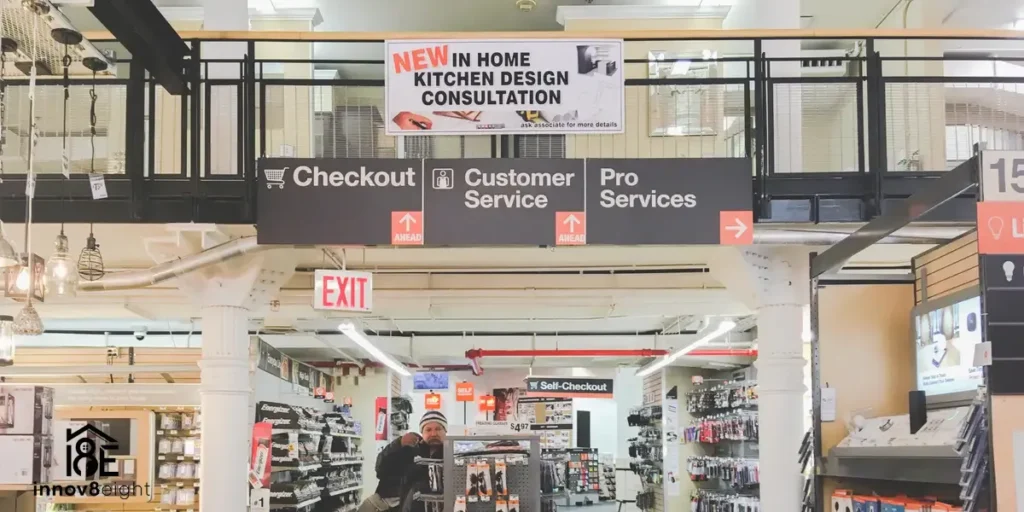
FAQs About the Home Depot Designer Position
What qualifications do I need for a Home Depot designer role?
While a background in design is helpful, many locations only require:
- A high school diploma or GED
- Customer service experience
- Willingness to learn software and design systems
Some stores prefer candidates with interior design coursework or certifications, but training is provided.
How much does a Home Depot designer make?
According to various sources and employee reviews, the average salary for a Home Depot designer ranges from $45,000 to $70,000+ per year, including base pay and commission. High-performing designers can earn more based on project volume.
Do I need to be a licensed interior designer?
No. The Home Depot designer position is considered a design consultant role, not an official interior design license position. However, having credentials or design education may increase your hiring potential.
Is the job full-time?
Yes, most Home Depot designer positions are full-time roles that offer consistent hours, benefits, and advancement opportunities. Some part-time positions may be available depending on location.
Final Thoughts: Design Your Career With Purpose
If you’re passionate about interior design, enjoy working with people, and want a career that balances creativity and structure, then the Home Depot designer position might be your dream job.
It’s not just about picking cabinet doors or color swatches—it’s about helping people feel at home in their space, and doing so with the support of one of the biggest names in home improvement.
So whether you’re just starting your design journey or looking to pivot into a career that inspires you daily, consider applying for a Home Depot designer role—your next great career chapter could start here.

